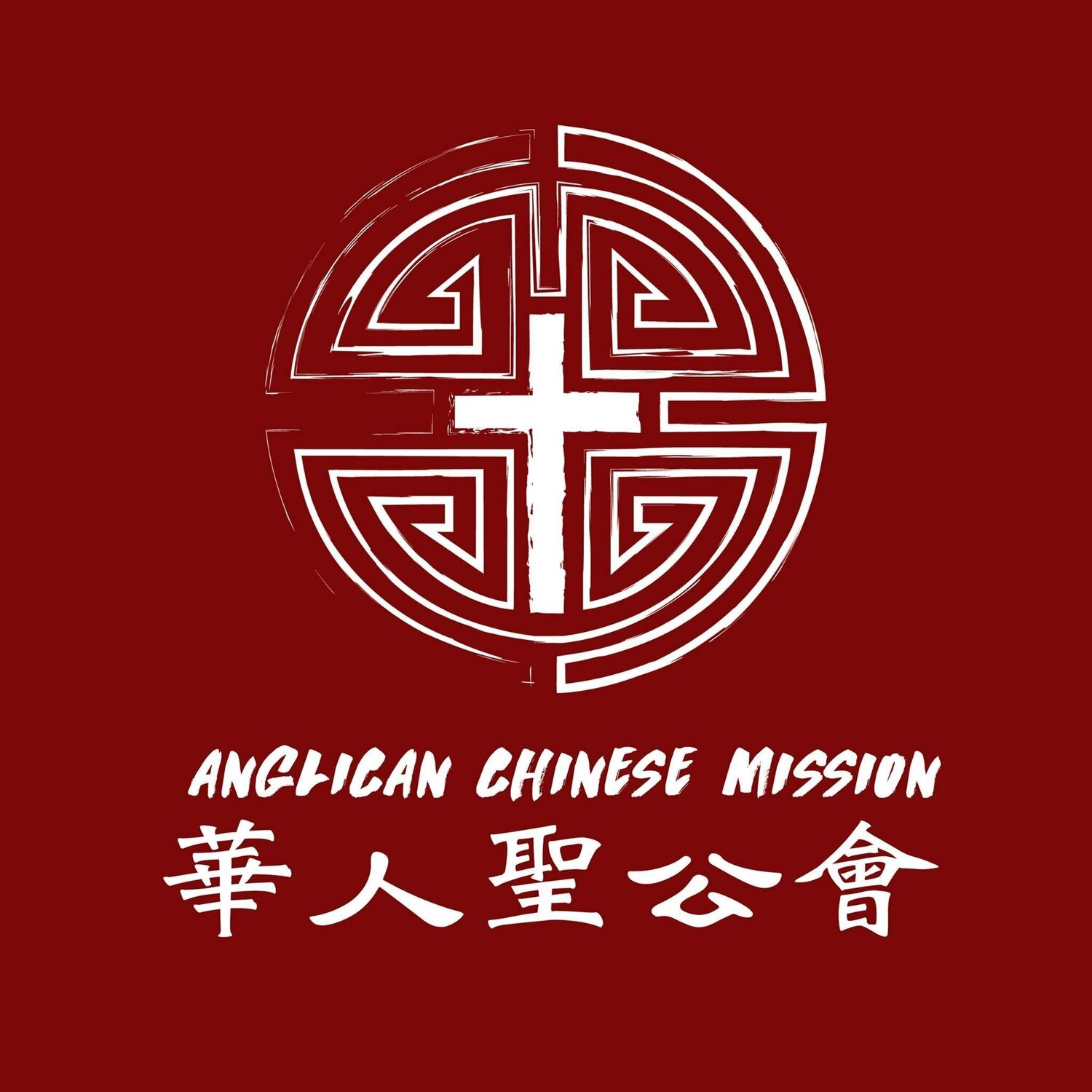
The Current Site
Glenmore Street History
华人圣公会在格伦莫尔街
1977-Present
1977年至今
Below are ‘snapshots’ of happened at ACM in ten-year blocks. These snapshots are taken from ACM’s official records.
以下是ACM自1977年起每十年福音事工大事记,均来自于华人圣公会(ACM)教会会议官方记录。
1981-1990
ACM started to return to its outreach and community presence now that it has settled into its Glenmore Street site. It held Evangelical Camps in Rotoroa (1981-2), Napier (1982-3), and Christchurch (1983-4). In 1984, the Honour Elders Club (now renamed the Happy Evergreen) was formed. ACM continued to take Chinese cultural performances out to events such as the Hastings Centennial celebrations and the International Spectacular. Even had a combined service and cultural exchange with the Wellington Maori Pastorate and Military Camp in 1985. Chinese cultural performances, Chinese School and Sunday School become an integral part of life at ACM.
ACM’s leadership have noted on record that its evangelism has now expanded to reach locally born Chinese and ‘newly arrived’ migrants.
The diocese showed its support for the Glenmore Street site and ACM by hosting its annual Regional Synod for six years in this decade. It also supported its mission to the Chinese people in Aotearoa by exploring how the Mission could be expanded. The Chinese Mission Church and Centre was consecrated on 26th August 1990.
从1981年至1990年,华人圣公会(ACM)恢复向惠灵顿以外地区传福音的事工。1981年2月在罗托鲁瓦、1982年3月在纳皮尔、1983年3月在基督城,如火如荼的连续三年举办福音营活动。不仅如此,华人圣公会(ACM)继续坚持中国传统文化传播,积极参与惠灵顿乃至全新西兰的社区服务。1984年敬老会俱乐部(即快乐长青)成立。华人圣公会(ACM)在黑斯廷斯百年庆典和国际盛典活动中演出中国传统节目。1985年在惠灵顿毛利牧区和军营进行了联合敬拜及文化交流。中华传统文化巡演、中文学校、主日学校是华人圣公会(ACM)作为惠灵顿社区生活不可或缺的一部分。
据华人圣公会(ACM)记载,此时华人圣公会(ACM)参加主日敬拜的基督徒已从广东籍老移民扩展到土生土地长新西兰籍华裔及来自各国各地的华人新移民。这十年间,惠灵顿圣公会教区连续六年在华人圣公会(ACM)教堂举办年度区域会议,以示对华人圣公会(ACM)事工的支持,同时也对华人圣公会(ACM)探索如何向生活在长白云(新西兰别名)故乡侨胞们传福音的支持。华人圣公会(ACM)在1990年8月26日举行祝圣礼。
1991-2000
The effects of New Zealand’s Immigration Policy change started to be felt as vestry minutes record ACM was ‘facing persecution now both externally and internally.’ In this season recent immigrants start to join the congregation and the role of the church to stand against anti-Asian sentiment became more important. Cultural and generational dynamics affected ACM itself when it officially separated its weekly bilingual service into separate English and Chinese Services in 1996. The English Service was set up for ‘Chinese New Zealanders,’ while the Chinese Service was set up for speakers of Cantonese and Mandarin. There was exploration of offering a Mandarin language Service in 1998.
This separation has prompted the church to invest in training and equipping lay leaders in both congregations, encouraging them to form cell groups and fellowship groups. There is a renewed enthusiasm for evangelism.
从1991年至2000年,新西兰移民政策变化的影响开始显现,据华人圣公会(ACM)教区委员会记录,陆续有新移民开始加入华人圣公会(ACM)。1996年华人圣公会(ACM)正式将每周双语敬拜分为中文敬拜和英文敬拜,主要因素是几代人之间不同中/英文文化背景和代际差异所致。英语敬拜专为土生土长“新西兰华裔”信徒设立,而中文敬拜专为广东话和普通话的信徒设立。1998年,华人圣公会(ACM)曾尝试提供普通话敬拜。这种分离促使教会产生两位非神职领袖带领中/英文堂敬拜,并鼓励他们成立各自的福音小组和团契团体,从而使华人圣公会(ACM)的基督徒们更热衷于福音传播。
2001-2010
The effects of establishing the English and Chinese Services are still being felt in this season. The English congregation grew from a gathering of 20 in 1996 to 40 by 2010. The Chinese congregation in contrast maintained its membership, 40 people, due in part to difficulties of the recent migrants becoming a part of the established congregation. It is in this decade that we became aware of the complexities and dynamics our history in this whenua. It impacts on our ability to do mission to the people of the Chinese diaspora and the non-Chinese that connect with our community.
This was even recognised by our Synod when in 2002 it generously passed the Chinese Anglican Mission Amendment Bill 2002. This changed the minimum age of eligibility for election to vestry to 16 y/o and extends the criteria for membership to ACM to people not of Chinese descent but wishes to be associated with it.
In recognising the unique dynamics of our church whanau, the search for an ordained person who can speak English, Cantonese, and Mandarin limits the pool of people who can apply to be the Missioner of ACM. We have been blessed by our brethren from South-East Asia who have answered the call to lead us.
从2001年至2010年,华人圣公会中/英文基督徒分堂敬拜产生显著成效。特别是参加英文敬拜人数从1996年20人增加到2010年40人,而形成鲜明对比的是中文敬拜人数仍旧维持40人,其中部分原因是新移民难以融入华人圣公会(ACM)。
与此同时华人圣公会(ACM)领袖们开始意识到本教会的特别历史背景以及它如何影响华人圣公会(ACM)向不同背景信徒传福音的能力。据《2002年华人圣公会(ACM)教会修正会》记载,华人圣公会(ACM)领袖们也承认了这个事实,将教区委员会最低选举年龄提高到16岁,并决定将传福音的对象扩展到非华裔但对中华文化有兴趣并愿意参加华人圣公会(ACM)敬拜聚会的信徒。
华人圣公会(ACM)充分认识到这个大家庭独特的多样性,希望聘请到同时能流利运用英文、广东话和普通话的牧师,虽然申请人数非常有限,但华人圣公会(ACM)仍然得到了来自东南亚地区兄弟教会支持。
2011-2020
The English and Chinese congregations both experience changes in its cultural dynamics. The English congregation wrestles with its Chinese identity whilst following the changes happening in society where Aotearoa as a whole is embracing more te reo Maori and tikanga, whereas the Chinese congregation slowly sees its membership shift from being predominantly a Cantonese-speaking community to a Mandarin-speaking one.
Major changes happen within the Anglican Diocese of Wellington where Bishop Tom Brown retires and Justin Duckworth and Eleanor Sanderson are ordained bishops. Under their leadership, ACM is returning to its missional roots by going out to connect with people of the Chinese diaspora and making its facilities available to the community. ACM also serves a role in the diocese by partnering with New Zealand Christian Missionary Society’s (NZCMS) Intercultural Communities Enabler. With her we share knowledge, research, experience and practices that we hope can help parishes and mission units around the diocese be more welcoming and hospitable to people from ethnic communities.
从2011年至2020年,华人圣公会(ACM)中/英文堂都经历了背景多样性的变迁。英文堂信徒们从挣扎脱离华裔身份的一代转变为彻底融入长白云故乡的一员,他们能更多运用毛利语及为人处事方式本地化。中文堂信徒们渐渐从单一广东话到扩充加入普通话。同时,惠灵顿圣公会教区也发生重大变革。汤姆·布朗主教退休,贾斯汀·达克沃斯和埃莉诺·桑德森被任命为主教和副主教。在两位新主教带领下,华人圣公会(ACM)重新恢复“走出去传福音”的使命根源,积极与老侨胞及新移民建立联系并向周围社区开放教会设施。华人圣公会(ACM)还与新西兰基督教宣教协会(NZCMS)的国际文化交流促进者合作,交流圣经学习感悟、研究传福音经验及各项事工实践成果,希望能帮助惠灵顿圣公会教区及宣教差会在对待来自各族裔社区居民时更热情更友善。
